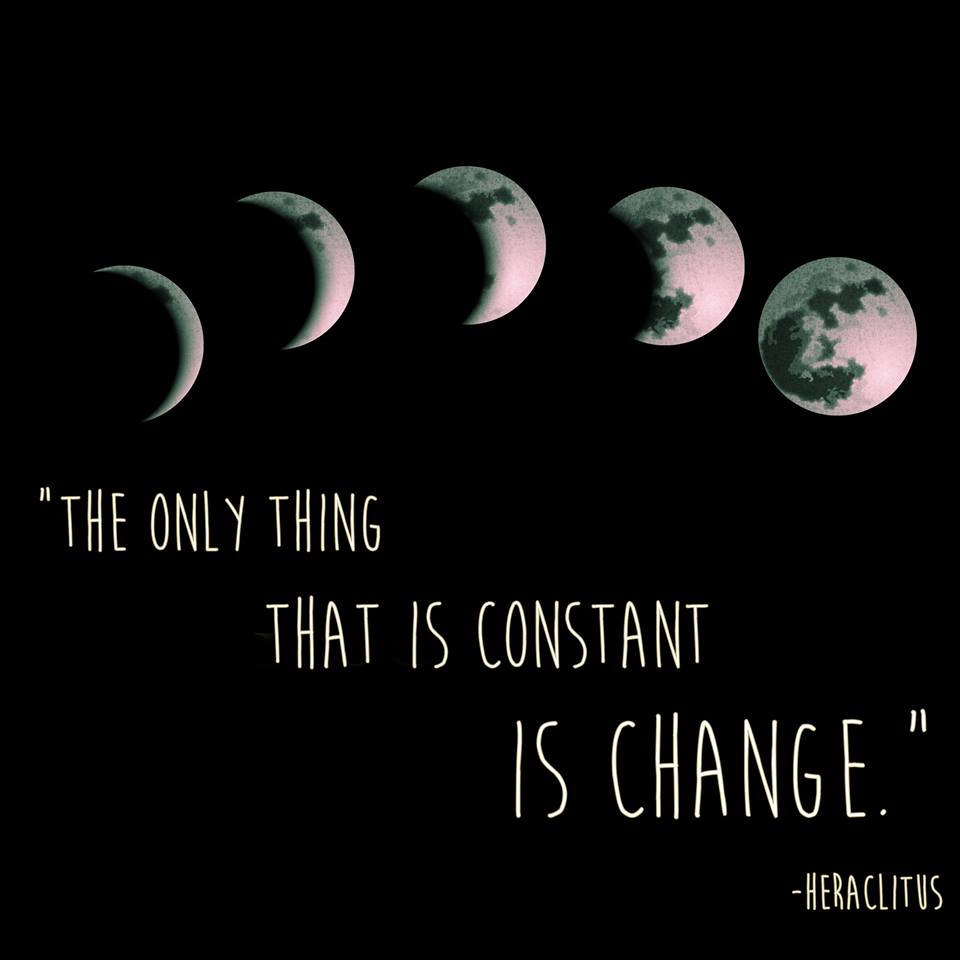Digital Transformation
Digital transformation has become a buzzword. I see this term used in many different ways. So, I thought I’d delve into this topic a bit and offer some thoughts from a very personal point of view about digital healthcare.
While the past two years have brought incredible stress and burnout from the global pandemic, it has also created the impetus to re-think access to healthcare, the necessity (or not) of certain in-person activities, and in some cases even prompted re-imaging one’s impact as a healthcare provider.
A Necessity Versus a Strategic Choice
Some healthcare organizations begrudgingly started offering video visits out of necessity, with many seeing this simply as a stop-gap measure… until things returned “to normal.”
In contrast, others re-examined their models of care and found the virtual method of care delivery to be a great addition for their patients and their clinicians. One that is not tied to place and time.
The Not So Good Old Days
Do you remember when one was required to do their banking at a bank during banker’s hours? No?! I hardly remember that either, as it seems so long ago and so arcane.
Patients and clinicians, in all realms of healthcare and human services, have now experienced this new mode of care delivery. They have found where it works particularly well; reserving in-person visits for those special circumstances where that best meets the purpose of the visit.
And just like the banking industry, there is no turning back.
Why would someone want to take a half-day off of work, or arrange child-care, for a very brief appointment to simply go over recent diagnostic test results? And why would we think to ask them to do so as their care provider?

And the Good New Days
My own primary care physician goes even further in providing care.
When he gets such test results for me, he texts them to me directly (in a HIPAA-compliant texting app). This is our regular form of communication.
He sends the results whenever they arrive, even on a weekend. Sometimes we text back and forth to clarify my understanding and agree on next steps.
Occasionally, we agree that it’s best to do a brief video visit to talk further about the results. We chat over text to make sure we are both available to talk or we set a time to do so. Then, he drops a link in a text when he’s ready, I click on it, we talk over video. Done.
In this digital form of care delivery, neither of us are bound to being in a certain place at a certain time. Rather we each have far greater flexibility and convenience, while ensuring I get a good quality understanding of the test results.
And in this digital world, I get my diagnostic test results days (and arguably weeks) earlier than “the normal” way of booking an in-person appointment, for some future spot on his busy clinic schedule — which of course would require me calling during their “banker’s hours” to talk to his scheduler. (And the needless hassles of driving, parking, checking in, waiting, and waiting some more for conveyance of the exact same information).
What makes this possible (…as this hasn’t yet become the norm)?
A business model that is not tied to the predominant fee-for-service medicine, coupled with his desire and entrepreneurial spirit to use multiple modes of communications (including digital) to connect with his patients to support their health.
His approach evolved remarkably when he decoupled from the traditional treadmill of 7 minute in-person appointments which have become the accepted “norm” in healthcare.
He currently offers this type of service in both a concierge and direct primary care type model. Each model has different parameters so the person can determine which best meets their needs.
Some may argue that not everyone can afford the annual out-of-pocket fee associated with this type of personalized healthcare service. This is true.
But I would suggest that payers, such as Medicaid and commercial health insurance companies, would likely find that purchasing this level of access and digital communications for some of their most complex patient populations would prove beneficial and a worthwhile investment.
When care is delayed, postponed, or not even contemplated because of the many burdens of arranging appointments, transportation, child care, time away from earning money, etc. then patients’ health conditions can go unchecked, undiagnosed, unaddressed, and become exacerbated over time.
What Have We Learned?
How might we take what we’ve learned—the good and the bad—from the past couple of years and use it to transform our mindsets, challenge assumptions, and re-imagine care delivery?

If you’d like to receive these Inspirations in your inbox every other week, you can subscribe to Kathy’s Excellence Advantage Inspirations Newsletter.
Kathy Letendre, President and Founder of Letendre & Associates, advises organizations and leaders to create their excellence advantage.
Contact Kathy by phone or text at 802-779-4315 or via email.

